The Sky Swimmers: How Japan’s Koinobori Turn Wind into a Prayer for Children
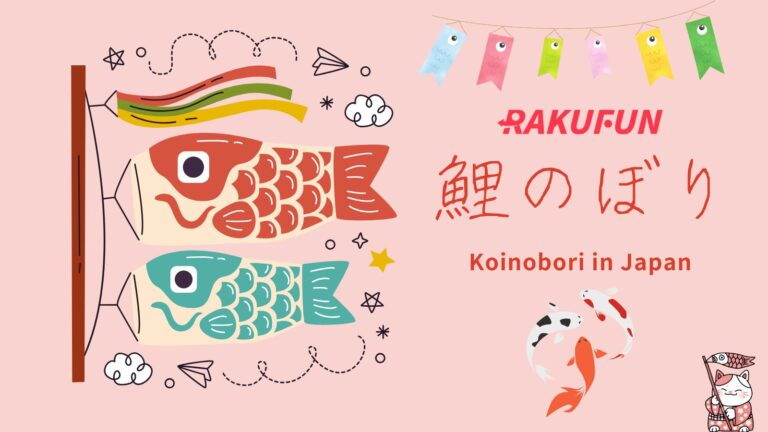
From Samurai Banners to Family Symbols: A History Etched in Wind
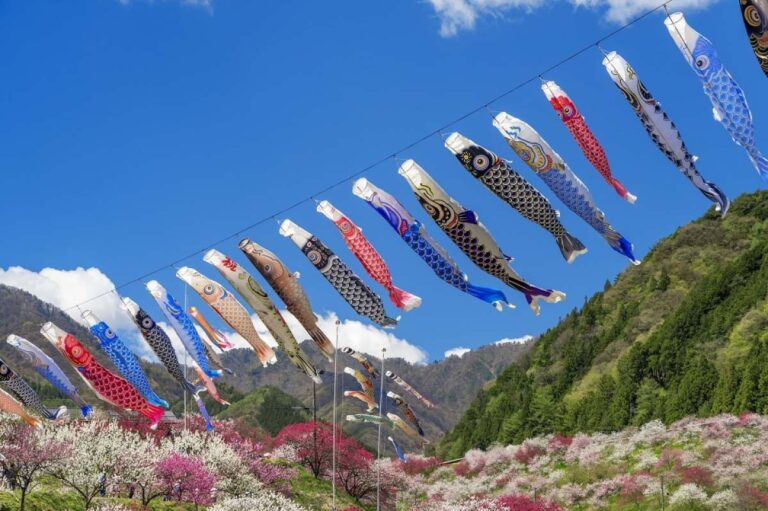
The Anatomy of a Wish: Decoding the Koinobori Set
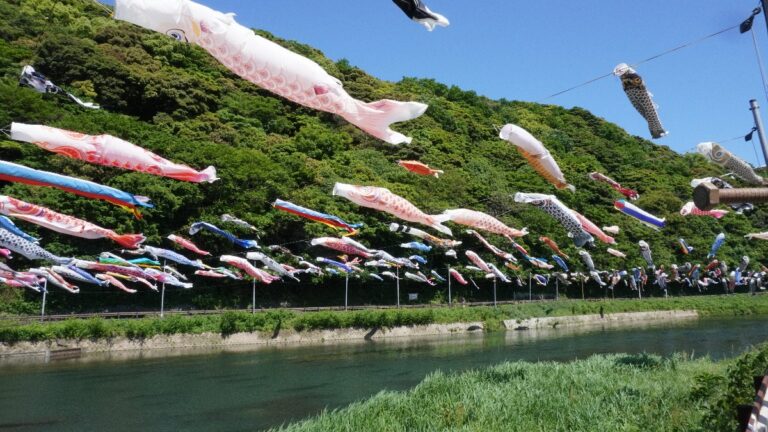
Beyond the Rooftops: The Unseen Cultural Depths
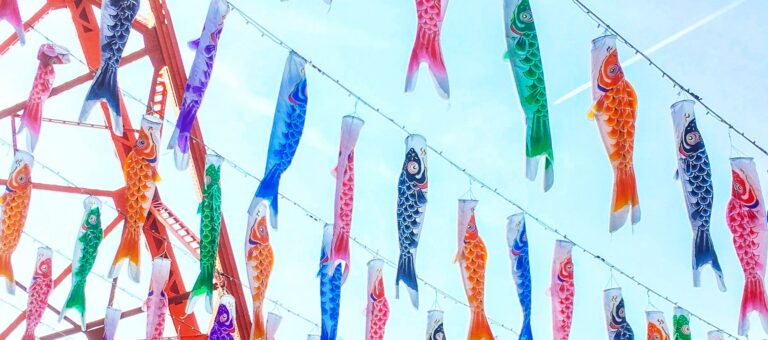
Carp in the Modern Stream: Evolution and Innovation
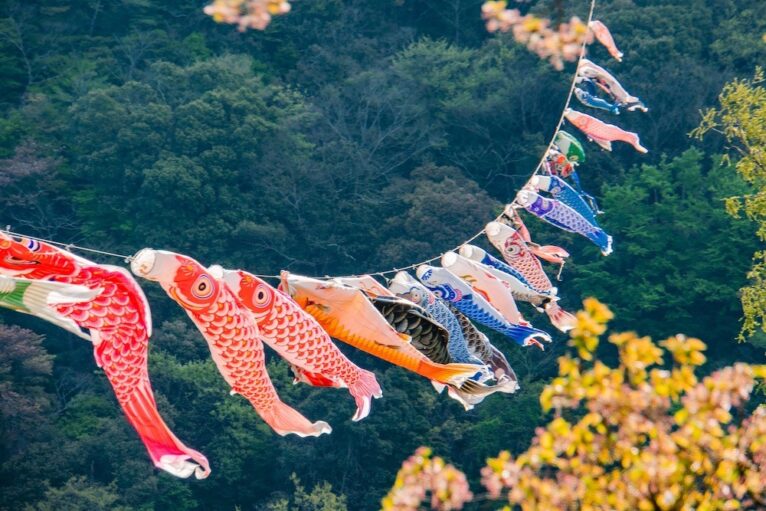
How to Get Japanese Koinobori and Other Goods from Abroad?
Why Use a Service Like Rakufun?
-
Language Barriers: Most store websites are in Japanese only. -
International Shipping: Many sellers do not ship outside of Japan. -
Payment Issues: International credit cards are not always accepted.

Your Step-by-Step Guide to Using Rakufun
-
Go Rakufun.com or Download the App and Explore: Start by opening rakufun.com or downloading the Rakufun app from the App Store or Google Play. Once you’ve created an account, you can immediately start browsing and get your newcomer’s coupon. Use the built-in translation feature to search in your native language for “Koinobori” or any other item you’re interested in. The platform updates in real-time, giving you access to the same listings as shoppers in Japan. -
Place Your Order: When you find the perfect item, you can place your order directly through the app/website. Rakufun charges no extra fees on top of the product’s listed price. You’ll pay for the item upfront, and Rakufun‘s team in Japan will proceed to purchase it from the original seller on your behalf. -
Consolidation and Secure Shipping: After the seller ships your item to Rakufun‘s domestic warehouse in Japan, the team there will professionally handle the international leg. They can consolidate multiple purchases into one package to save on shipping costs. They also inspect packages to ensure everything is secure before sending it to you. Rakufun offers various shipping options, from affordable standard shipping to express delivery, often including routes with customs duty subsidies for a smoother experience. -
Track and Receive Your Package: You’ll receive a tracking number to monitor your package’s journey from Japan to your doorstep. Rakufun‘s customer support team is available to assist you with any questions throughout the process, making your international shopping experience worry-free.
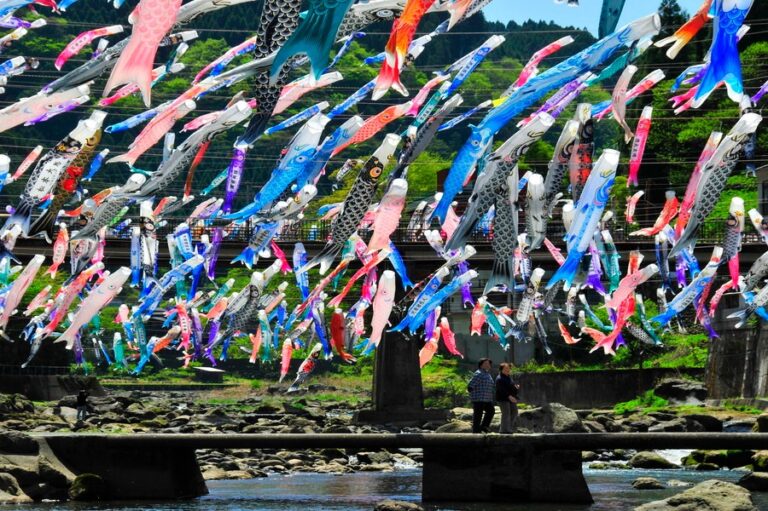
Rakufun simplifies Japanese proxy shopping and global shipping, your all-in-one app for a seamless, fee-free experience:https://blog.rakufun.com/?p=9741

